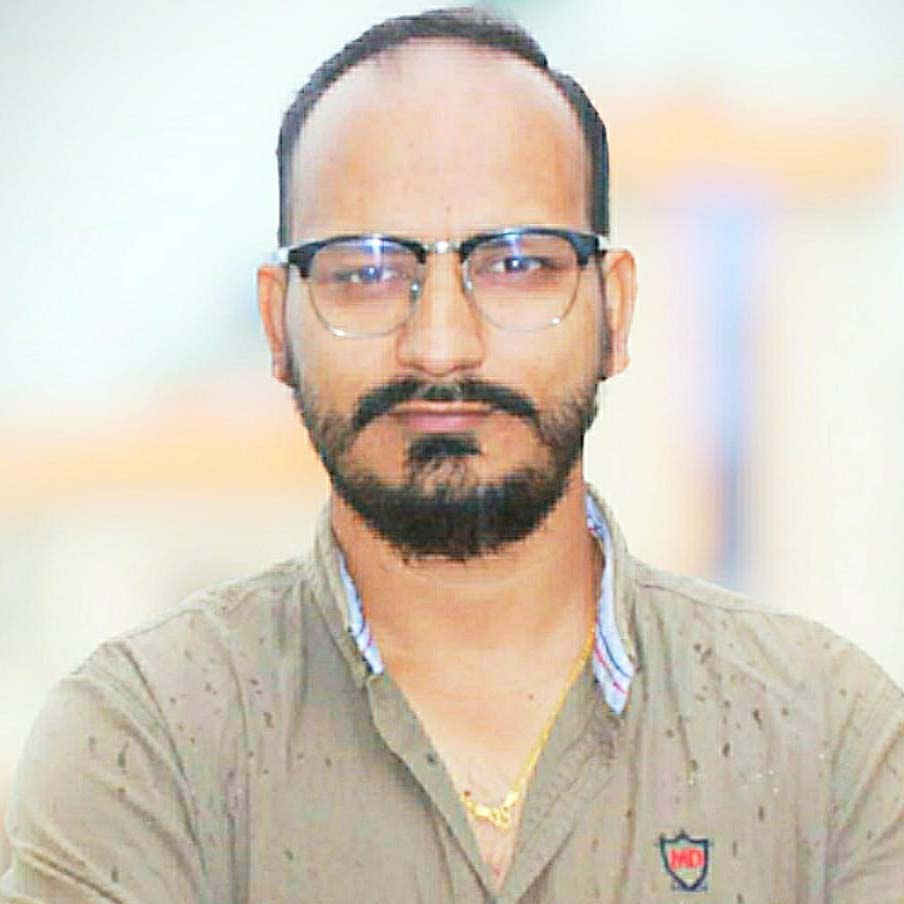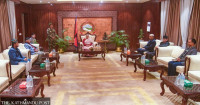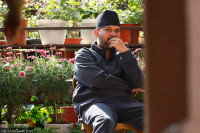Politics
Sunday’s elections a test for old players, newcomers alike
Except for the 1999 elections, independent candidates have always won seats in Nepal’s parliament.
Purushottam Poudel
With ballots having been cast, Nepalis are curious to know how the voting patterns would influence the electoral fortunes of the KP Sharma Oli-led party, CPN-UML and the new party led by the wannabe politician, Rabi Lamichhane. As well, the fates of independent candidates who may emerge as kingmakers post polls, will closely be watched.
As matters stand, some of the new political outfits have jolted many of the candidates of some of the traditional political parties.
The trend of independent candidates fighting elections is not new in Nepal. Independent candidates were in the fray even during the country's first parliamentary elections in 1959. However, the newly-formed Rastriya Swatantra Party and the hundreds of independent candidates who are contesting this time remain the flavour this election season.
Various opinion polls conducted prior to the elections have indicated that the Rastriya Swatantra Party and some independents may pull off upset wins. Around 900 independent candidates contested in Sunday’s federal and provincial assembly elections. Except for the 1999 elections, independent candidates have always won seats in Nepal's parliament.
While the frustration of Nepalis towards the traditional political parties is palpable, it remains to be seen whether the candidates of the major parties will receive a serious challenge from the newbies, be it from the Rastriya Swatantra Party or the independent candidates.
“The traditional parties failed in this election to appeal to the youths. That may mean votes for the candidates of new political parties or the independents,” socio-political analyst Bhim Bhurtel told the Post.
Television star Rabi Lamichhane formed the Rastriya Swatantra Party largely with support from a team of professionals who were not affiliated to traditional parties. Therefore, he opted to name his party as Swatantra (independent) with an aim to attract neutral voters.
He gave tickets to some of the candidates who had initially planned to contest as independents. Generally, people are curious about the performance of some independent candidates as a few such contestants were surprisingly successful in the local elections held in May. The victory of independent candidate Balendra Shah as Kathmandu mayor, Harka Sampang as mayor of Dharan and Gopal Hamal’s election as mayor of Dhangadhi inspired many of the youths to contest elections independently in the federal and provincial elections.
In the first parliamentary elections, 268 independent candidates had participated. Four of them got elected. In the 1991 elections, 291 independent candidates had fought the election and three were elected. The highest number of independent candidates won in the 1994 snap election, where 7 got elected. However, in the elections of 1999, not a single independent candidate could make it to the parliament, even though there were 633 of them.
In the first constituent assembly election in 2008, 816 independent candidates had contested, but only two got elected. The second constituent assembly held in 2013 saw the highest number of independent candidates contesting the election. Of the 1,115 independent candidates, only two could win. In the last parliamentary election, out of the 492 independent candidates, only one got elected as a member of parliament.
Former minister and communist leader Radha Krishna Mainali told the Post that independent candidates of earlier times were by and large related to political parties; they were more often rebel candidates of the parties who did not get their party tickets to contest. “But the independent candidates in this election are youths who wanted to join politics due to their frustration with the political parties.”
But one will have to wait until the election results are declared next month to know whether the public attraction towards new parties and the independent candidates has actually translated into votes for them.
The Sunday elections will also be remembered as a litmus test for the CPN-UML and its chair KP Sharma Oli. The real strength of the party will be tested after a faction of the party led by former prime minister Madhav Kumar Nepal split the party last year to form the Communist Party of Nepal (Unified Socialist).
“These elections will test the strength of Oli's leadership,” said Mainali.
The Nepali Congress, the Maoist Centre and the Unified Socialist are contesting the elections as an alliance. After the second Constituent Assembly elections in 2013, the Maoist Centre has not fought elections on its own. The Maoist Centre, which had aligned with the UML in the federal and provincial elections in 2017, had earlier forged an electoral coalition with Congress for the local polls. Even the strength of the Congress will not be tested this election as it is part of a coalition.




 13.12°C Kathmandu
13.12°C Kathmandu















